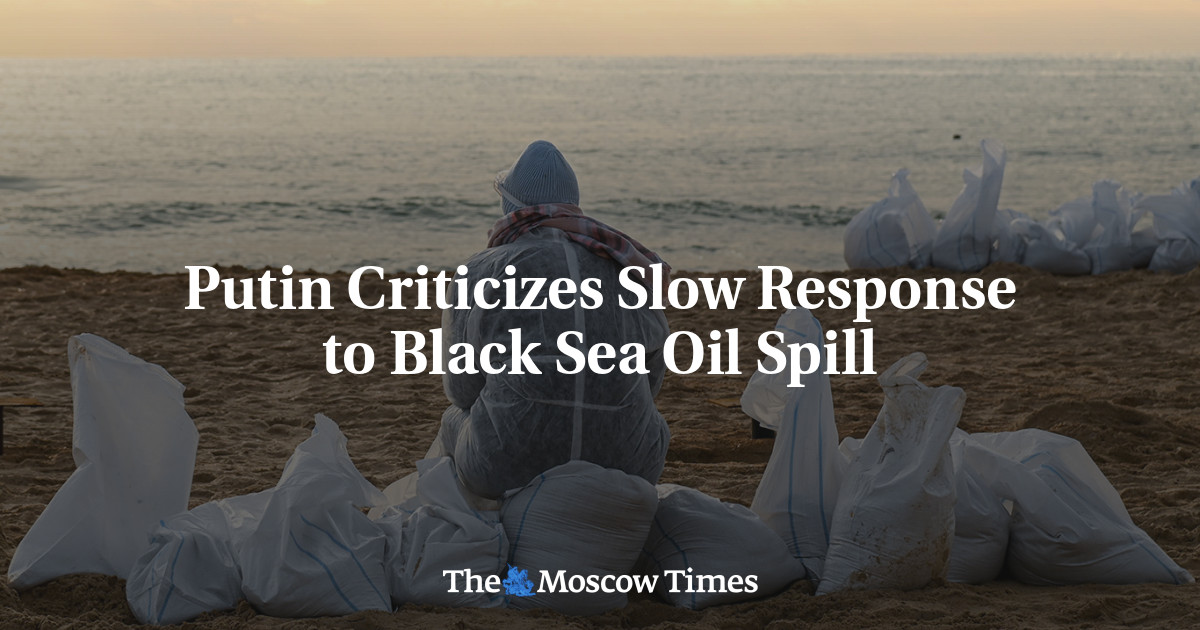The Mathematics of PsyWar - Do you have the right to be treated by your government like a human rather than a drone?
Who is Robert Malone ^ | 13 Jan, 2025 | Robert W Malone MD, MS
Posted on 01/15/2025 5:14:59 AM PST by MtnClimber
The propaganda, marketing, and “public relations” technology of Edward Bernays is to PsyWar like a Vietnam-era helicopter is to a swarm of armed attack drones. Similar in overall purpose but completely different in terms of technical capabilities, sophistication, and countermeasure requirements.
The former was based on psychological insights of Bernays’ double uncle Sigmund Freud as well as Gustave Le Bon, Wilfred Trotter, Walter Lippmann (Le Bon having influenced the modern insights of Mattias Desmet). Modern PsyWar is a product of the confluence of the internet age, social media, artificial intelligence, big data, and a desire of NATO and opponents to wage more effective Fifth Generation Warfare (5GW) on both foreign state-affiliated and non-state organizations. Of course, as part of a broad US/NATO “whole of government” response to the COVID “pandemic” (which looks in retrospect like a cover up), PsyWar/Fifth Generation Warfare methods developed for offshore military combat were deployed on civilian populations by their governments.
For reference purposes, the “politically acceptable” term for PsyWar currently favored by the US Military-Industrial community is “Military Information Support Operations” or MISO. Good to know. They do love their acronyms!
Containment Control for a Social Network with State-Dependent Connectivity. The concept of “Containment Control for a Social Network with State-Dependent Connectivity” was initially explored in a paper published in February 2014, and was based on research funded by the Air Force Research Laboratory and conducted by Warren Dixon, a Ph.D. in electrical and computer engineering and director of the University of Florida’s Nonlinear Controls and Robotics research group. This research focuses on how social interactions influence thoughts, opinions, and actions within a group of individuals, which includes both influential social leaders and followers. Each person in the network maintains a social state, which could be an emotional state or an opinion, and followers update their states based on the states of their local neighbors. Social leaders, on the other hand, maintain a constant desired state.
To investigate and implement this mathematical approach, social interactions are modeled as a directed graph where each directed edge represents an influence from one person to another. The social response of individuals in the network is modeled using fractional-order dynamics, which depend on influences from local neighbors and past experiences. This approach is motivated by the non-local property of fractional-order systems.

Örjan Bodin, María Mancilla García, and Garry Robins - "Reconciling Conflict and Cooperation in Environmental Governance: A Social Network Perspective"
Network characteristics. Panel a represents a centralized network, panel b represents a network that is denser (and less centralized) than a, and panel c represents a network that is fragmented into two isolated subgroups. The building block in panel d captures network closure, i.e., when two actors, tied to a common third actor, tend to also form a direct tie between them. Panel e represents two actors with different attributes (e.g., organizational affiliation, beliefs, gender, education) who tend to form ties (this is referred to as heterophily). Panel f consists of two types of ties: friendship (solid line) and dislike (dashed line). In this case, two actors being friends both dislike a common third (or, similarly, two actors that dislike a common third tend to be friends).
A decentralized influence method is developed to maintain existing social influence between individuals without isolating peers in the group and to influence the social group to a common desired state, within a convex hull spanned by social leaders. The Mittag-Leffler stability methods are used to prove the asymptotic stability of the networked fractional-order system.
Way back in 2014, this research demonstrated that the mathematical principles used to control groups of autonomous robots (including drones) can be applied to social networks to control human behavior. If properly calibrated, the mathematical models can then be used to sway the opinion of social networks toward a desired set of behaviors.
In the present, this is an example of the type of systems analysis and mathematical modeling that is now being deployed in most larger social media environments. As a social media consumer and user, you are quite literally being managed and manipulated using the same methods that are used for controlling networks of drones.....SNIP
TOPICS: Society
KEYWORDS: manipulation

Click here: to donate by Credit Card
Or here: to donate by PayPal
Or by mail to: Free Republic, LLC - PO Box 9771 - Fresno, CA 93794
Thank you very much and God bless you.
1 posted on 01/15/2025 5:14:59 AM PST by MtnClimber
To: MtnClimber
What do you do when you see it being done and others do not see it?
2 posted on 01/15/2025 5:15:11 AM PST by MtnClimber (For photos of scenery, wildlife and climbing, click on my screen name for my FR home page.)
Disclaimer: Opinions posted on Free Republic are those of the individual posters and do not necessarily represent the opinion of Free Republic or its management. All materials posted herein are protected by copyright law and the exemption for fair use of copyrighted works.
FreeRepublic.com is powered by software copyright 2000-2008 John Robinson

 By Free Republic | Created at 2025-01-15 13:16:54 | Updated at 2025-01-15 16:26:42
3 hours ago
By Free Republic | Created at 2025-01-15 13:16:54 | Updated at 2025-01-15 16:26:42
3 hours ago








